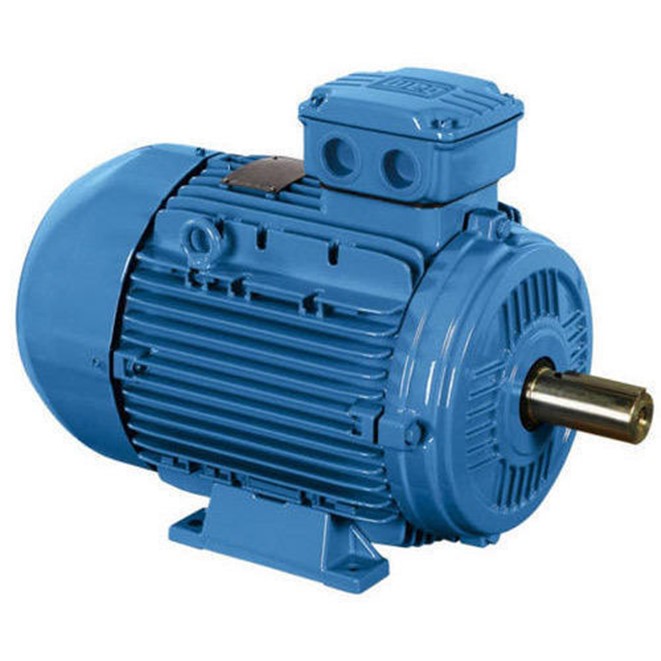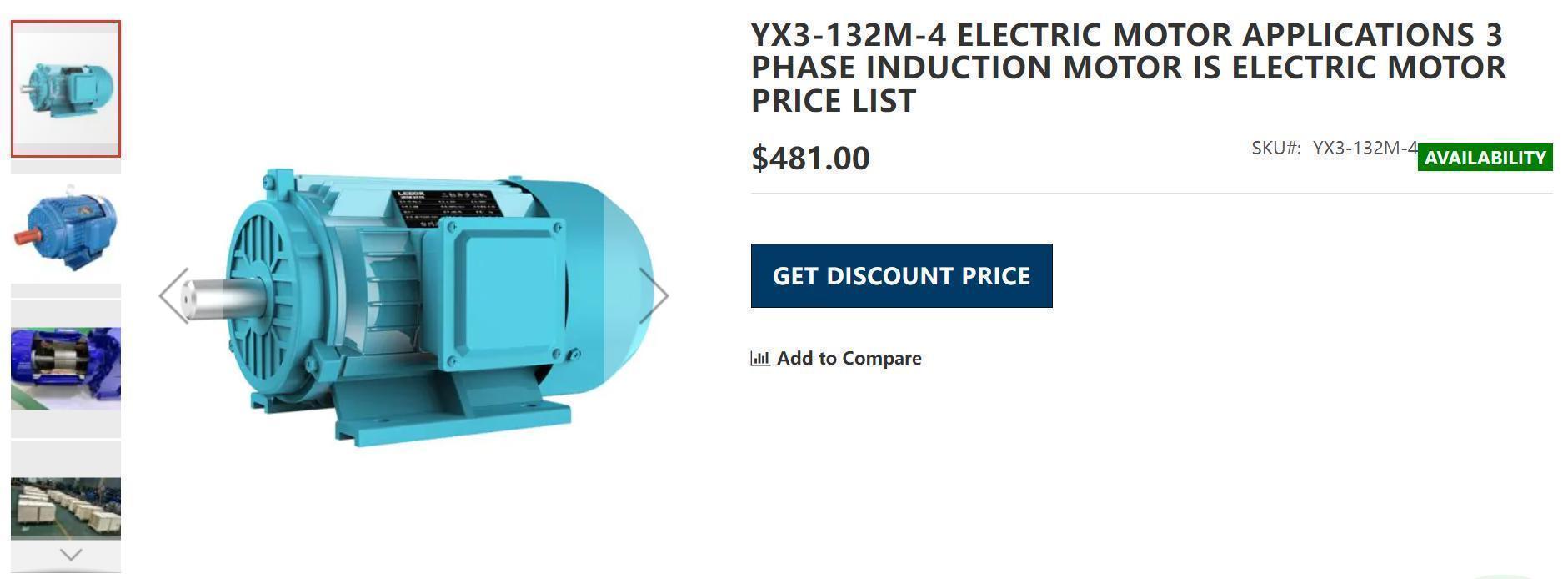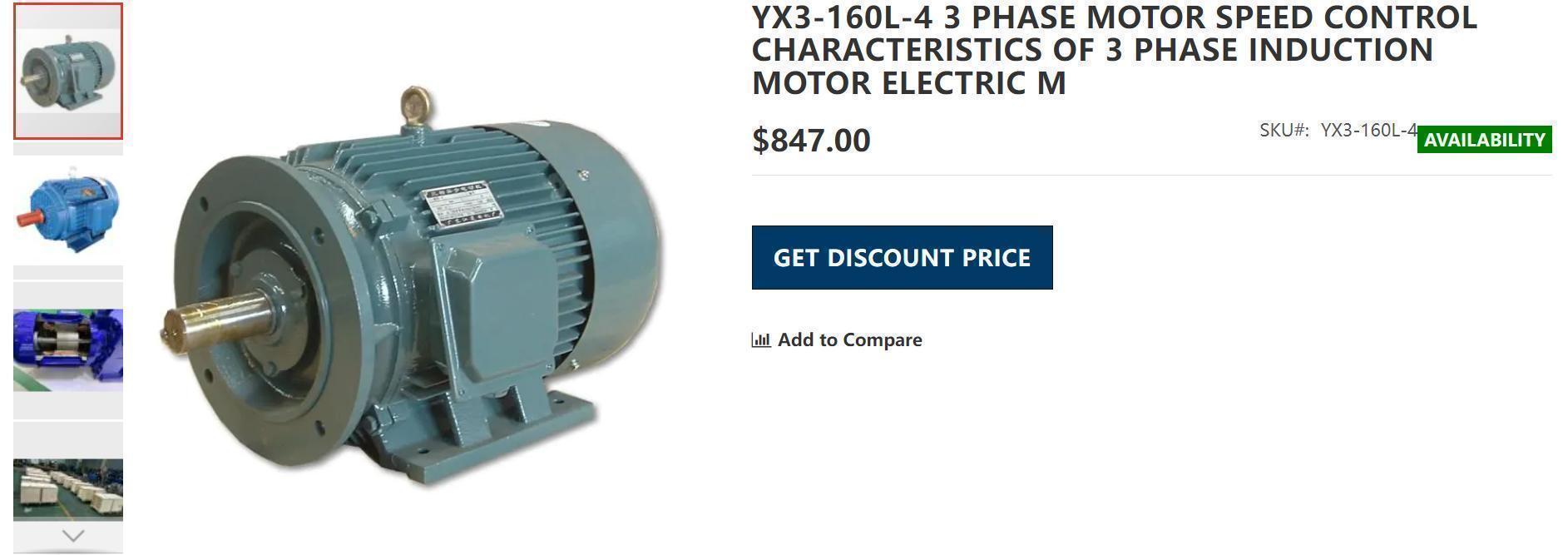How to select gearbox and motor PDF?
You need to calculate the strength of the reducer according to your speed, the torque required to start to run smoothly when the tank is fully loaded, and the use time required by the design. At the same time, you can calculate the rated power required by the motor. When selecting the motor, you need to pay attention to the rating. The two parameters of torque and rated power should be selected to be greater than the design value.
Matters needing attention when choosing industrial gearbox
1. H and B series industrial gearboxes adopt general design schemes, which can be transformed into industry-specific gearboxes according to customer needs
2. Realize parallel axis, right-angle axis, vertical and horizontal universal cabinets, reduce the types of parts and increase the specifications and models.
3. Adopting sound-absorbing speaker structure and larger box surface area. The spiral bevel gear adopts advanced gear grinding technology and large fan to make the whole machine temperature rise, noise reduction, operation reliability improved, and transmission power increased.
4. Input method: click on the connecting flange and shaft to input.
5. Output mode: solid shaft, hollow shaft with key, shrink disk.
6. Installation method: horizontal type, vertical type, swing base type, torsion arm type.
7. H, B series products have 1-22 specifications, the reduction transmission stages are 1-4, and the speed ratio is 1.25-450, and the combination of R and K series can get a larger speed ratio.
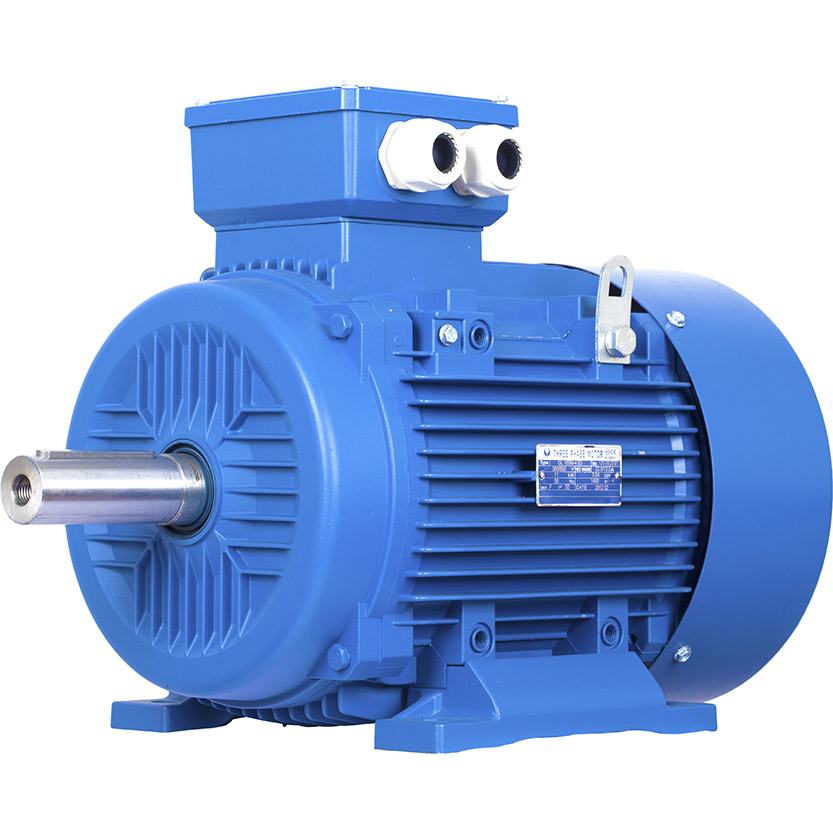
The choice of the type of three-phase asynchronous motor is based on AC or DC power supply, mechanical characteristics, speed regulation characteristics and starting performance, maintenance and price.
Generally, three-phase AC power supplies are used in production. If there is no special requirement, three-phase AC asynchronous motors should be used. Among AC motors, three-phase cage asynchronous main disadvantages are difficult speed regulation, low power factor, and poor starting performance. Therefore, the general production machinery with harder mechanical properties and no special speed regulation requirements should be driven by three-phase cage asynchronous motors as much as possible. On low-power water pumps, ventilators, conveyors, and conveyor belts, as well as the auxiliary movement of the machine tool (such as rapid movement of the tool post, beam lifting and clamping, etc.), almost all use single-phase cage asynchronous motors, and some small machine tools It is also used as a spindle motor. For production machinery that requires a large starting torque, such as air compressors, belt conveyors, etc., deep groove or double cage asynchronous motors can be considered.
Basic requirements for motor selection
1. The choice of motor type should be given priority to the motor with simple structure, reliable operation, low price and convenient maintenance. In these respects, AC motors are better than DC motors, AC asynchronous motors are better than AC synchronous motors, and cage asynchronous motors are better than winding. Rotor asynchronous motor. The first thing to consider when choosing a motor is that the mechanical characteristics of the motor should be adapted to the mechanical characteristics of the production machinery. Some production machinery that requires constant speed or improved power factor when the load changes, such as large and medium-sized air compressors, ball mills, etc., can choose synchronous motors: machinery that requires large starting torque and soft mechanical characteristics, such as trams and heavy cranes And so on, should choose series excitation or compound excitation DC motor. In addition, the speed regulation performance and starting performance of the motor should also meet the requirements of the production machinery.
2. Selection of motor type The main types of motor are open type, protective type, enclosed type and explosion-proof type. When the production environment is harsh, the enclosed type should be used; the explosion-proof type should be used for explosion-proof requirements. After selecting the type and type of the motor, it is important to select the capacity of the motor, that is, the rated power.
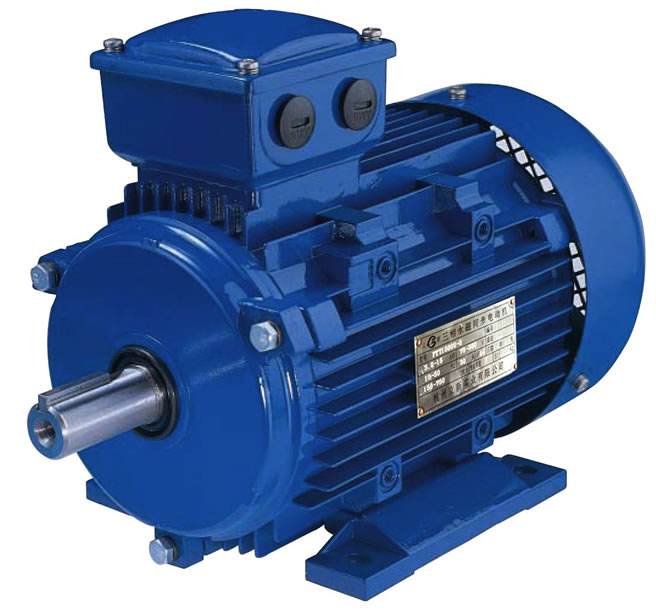
The principle of selecting a motor is that on the premise that the performance of the motor meets the requirements of the production machinery, the motor with simple structure, low price, reliable work and convenient maintenance is preferred. In this respect, AC motors are superior to DC motors, AC asynchronous motors are superior to AC synchronous motors, and squirrel cage asynchronous motors are superior to winding asynchronous motors.
For production machinery with stable load and no special requirements for starting and braking, ordinary squirrel-cage asynchronous motors should be preferred, which are widely used in machinery, water pumps, fans, etc.
Starting and braking are more frequent, and production machinery that requires larger starting and braking torques, such as bridge cranes, mine hoists, air compressors, and irreversible rolling mills, should use wound asynchronous motors.
Where there is no requirement for speed regulation, a constant speed or improved power factor is required, synchronous motors should be used, such as medium and large capacity water pumps, air compressors, hoists, mills, etc.
The speed regulation range is required to be above 1:3, and the production machinery that needs continuous, stable and smooth speed regulation should adopt a separately excited DC motor or a squirrel cage asynchronous motor or synchronous motor with frequency conversion speed regulation, such as large precision machine tools, planers, Rolling mills, hoists, etc.
The production machinery that requires large starting torque and soft mechanical characteristics uses series-excited or compound-excited DC motors, such as trams, electric locomotives, and heavy-duty cranes.
1. Divided according to the type of power supply: it can be divided into DC motors and AC motors.
1) DC motors can be divided according to structure and working principle: brushless DC motors and brushed DC motors.
Brushed DC motors can be divided into: permanent magnet DC motors and electromagnetic DC motors.
Electromagnetic DC motors are divided into: series-excited DC motors, shunt-excited DC motors, separately-excited DC motors and compound-excited DC motors.
Permanent magnet DC motors are divided into: rare earth permanent magnet DC motors, ferrite permanent magnet DC motors and alnico permanent magnet DC motors.
2) Among them, AC motors can also be divided into: single-phase motors and three-phase motors.
2. According to the structure and working principle, it can be divided into DC motors, asynchronous motors and synchronous motors.
1) Synchronous motors can be divided into: permanent magnet synchronous motors, reluctance synchronous motors and hysteresis synchronous motors.
2) Asynchronous motors can be divided into induction motors and AC commutator motors.
Induction motors can be divided into three-phase asynchronous motors, single-phase asynchronous motors and shaded-pole asynchronous motors.
AC commutator motors can be divided into: single-phase series motors, AC and DC dual-purpose motors and repulsion motors.
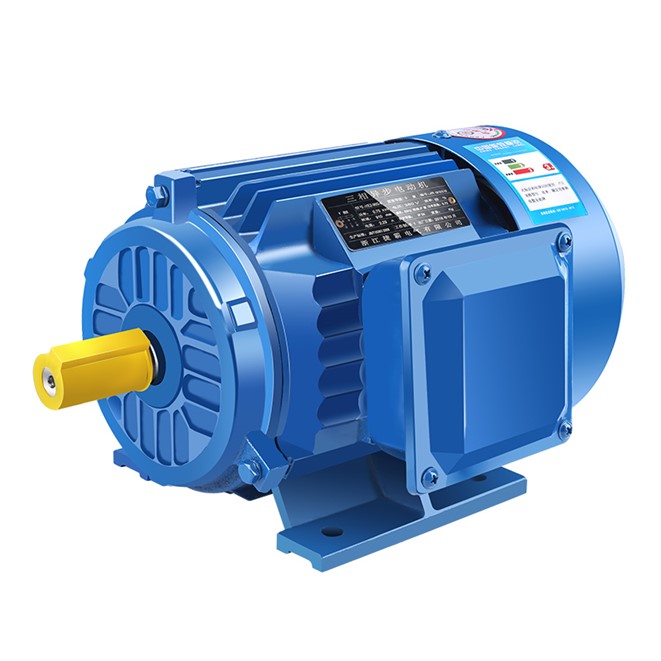
3. According to the starting and operation mode, it can be divided into: capacitor-starting single-phase asynchronous motor, capacitor-operating single-phase asynchronous motor, capacitor-starting single-phase asynchronous motor and split-phase single-phase asynchronous motor.
4. According to the purpose, it can be divided into: drive motor and control motor.
1) Drive motors can be divided into: motors for electric tools (including tools for drilling, polishing, polishing, grooving, cutting, reaming, etc.), home appliances (including washing machines, electric fans, refrigerators, air conditioners, tape recorders, video recorders, etc.) , DVD players, vacuum cleaners, cameras, hair dryers, electric shavers, etc.) and other general small mechanical equipment (including various small machine tools, small machinery, medical equipment, electronic equipment, etc.) motors.
2) The control motors are divided into stepping motors and servo motors.
5. According to the structure of the rotor, it can be divided into: cage induction motors (called squirrel cage asynchronous motors in the old standard) and wound rotor induction motors (called wound asynchronous motors in the old standard).
6. According to the operating speed, it can be divided into: high-speed motor, low-speed motor, constant-speed motor, and variable-speed motor. Low-speed motors are divided into gear reduction motors, electromagnetic reduction motors, torque motors and claw-pole synchronous motors.
DC type
The working principle of a DC generator is to convert the alternating electromotive force induced in the armature coil into a DC electromotive force when it is drawn from the brush end by the commutator and the commutation action of the brush.
The direction of the induced electromotive force is determined according to the right-hand rule (the magnetic line of induction points to the palm of the hand, the thumb points to the direction of movement of the conductor, and the other four fingers point to the direction of the induced electromotive force in the conductor).
working principle
The direction of the conductor's force is determined by the left-hand rule. This pair of electromagnetic forces forms a moment that acts on the armature. This moment is called electromagnetic torque in a rotating electrical machine. The direction of the torque is counterclockwise in an attempt to make the armature rotate counterclockwise. If the electromagnetic torque can overcome the resistance torque on the armature (such as resistance torque caused by friction and other load torques), the armature can rotate in a counterclockwise direction.
A DC motor is a motor that runs on a DC working voltage and is widely used in tape recorders, video recorders, DVD players, electric shavers, hair dryers, electronic watches, toys, etc.
Synchronous motor
Synchronous motor is a common AC motor like induction motor. The characteristic is: during steady-state operation, there is a constant relationship between the rotor speed and the grid frequency n=ns=60f/p, and ns becomes the synchronous speed. If the frequency of the power grid does not change, the speed of the synchronous motor in the steady state is constant regardless of the size of the load. Synchronous motors are divided into synchronous generators and synchronous motors. The AC machines in modern power plants are mainly synchronous motors.
working principle
The establishment of the main magnetic field: the excitation winding is passed with a DC excitation current to establish an excitation magnetic field between polarities, that is, the main magnetic field is established.
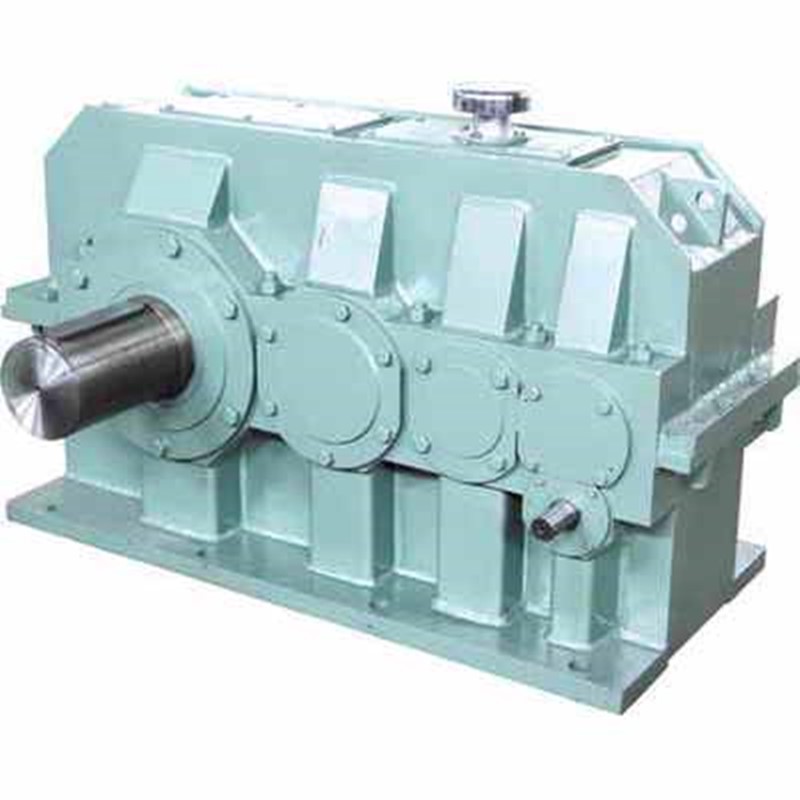
Gearboxes have a wide range of applications, such as in wind turbines. Gearboxes are an important mechanical component that is widely used in wind turbines. Its main function is to transmit the power generated by the wind wheel under the action of the wind to the generator and make it get the corresponding speed.
Generally, the rotation speed of the wind wheel is very low, far less than the rotation speed required by the generator to generate electricity. It must be realized by the speed increasing effect of the gear pair of the gear box, so the gear box is also called the speed increasing box.
The gearbox has the following functions:
1. Accelerating and decelerating is the so-called variable speed gearbox.
2. Change the transmission direction. For example, we can use two sector gears to transmit the force vertically to the other rotating shaft.
3. Change the rotating torque. Under the same power condition, the faster the gear rotates, the smaller the torque on the shaft, and vice versa.
4. Clutch function: We can separate the engine from the load by separating the two originally meshed gears. Such as brake clutch and so on.
5. Distribution of power. For example, we can use one engine to drive multiple slave shafts through the main shaft of the gearbox, so as to realize the function of one engine driving multiple loads.
Its volume is 1/2 smaller than that of a soft gear reducer, its weight is reduced by half, its service life is increased by 3 to 4 times, and its carrying capacity is increased by 8 to 10 times. Widely used in printing and packaging machinery, three-dimensional garage equipment, environmental protection machinery, conveying equipment, chemical equipment, metallurgical mining equipment, iron and steel power equipment, mixing equipment, road construction machinery, sugar industry, wind power generation, escalator and elevator drives, shipbuilding, light High-power, high-speed ratio, high-torque occasions such as industrial field, papermaking field, metallurgical industry, sewage treatment, building materials industry, lifting machinery, conveyor line, assembly line, etc. It has a good price-performance ratio and is conducive to the matching of localized equipment.

